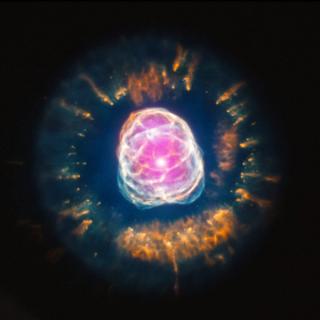NASA’S recent findings from a space mission to asteroid Ceres point to there being vast amounts of seawater beneath the surface. Now deemed a dwarf planet, Ceres lies in an asteroid belt between Mars and Jupiter. These observations could point to its potential habitability, taking us one step closer to finding alien life on similar dwarf planets.
Ceres is a 600-mile wide “ocean world of sorts” that was long believed to be a barren rock, scientists surmise in seven new papers published in Nature’s Astronomy, Geoscience and Communications sub-journals.
NASA’s orbiter had been observing Ceres for three years up until 2018, with one of the last things it captured being a strange glow from the Occator crater. Using high-resolution images of Ceres’ surface through an orbiter in space, the researchers found the source of the glow was an “extensive reservoir” of brine (concentrated salt deposits). They also discovered quantities of a compound called hydrohalite, which has only been found in sea ice on Earth so far. The latter observation, especially, gives credence to a conclusion the scientists have drawn — that Ceres definitely had seawater at some point in its existence.
Related on The Swaddle:
Humans May Have Already Committed the First Crime in Space
But could it still have seawater beneath the surface? Scientists hypothesize yes. The salt deposits analyzed by one team looked like they had collected within the last two million years, which is a fraction of a second in space-time. These deposits are also known to quickly dry up, which led the scientists to conclude that they had recently been deposited upon the surface. This means that it’s possible the brine is still currently being deposited on the surface, possibly from seawater deep within the planet’s interior.
Another observation that lends itself to this conclusion is the presence of mounds and hills found in the crater, that scientists say could have formed due to the constant of flow of water that eventually froze over. This further adds to the hypothesis that Ceres had water flowing on its surface up until very recently.
While scientists have not yet proven this theory, the latest discovery is “extremely important in terms of astrobiology,” they write. Upon making this surprising discovery — that Ceres has much more to offer than previously thought, and now joins Jupiter’s moons and Pluto as cosmic objects that may have had sub-surface oceans — scientists are pushing for another probe to investigate the dwarf planet further.




